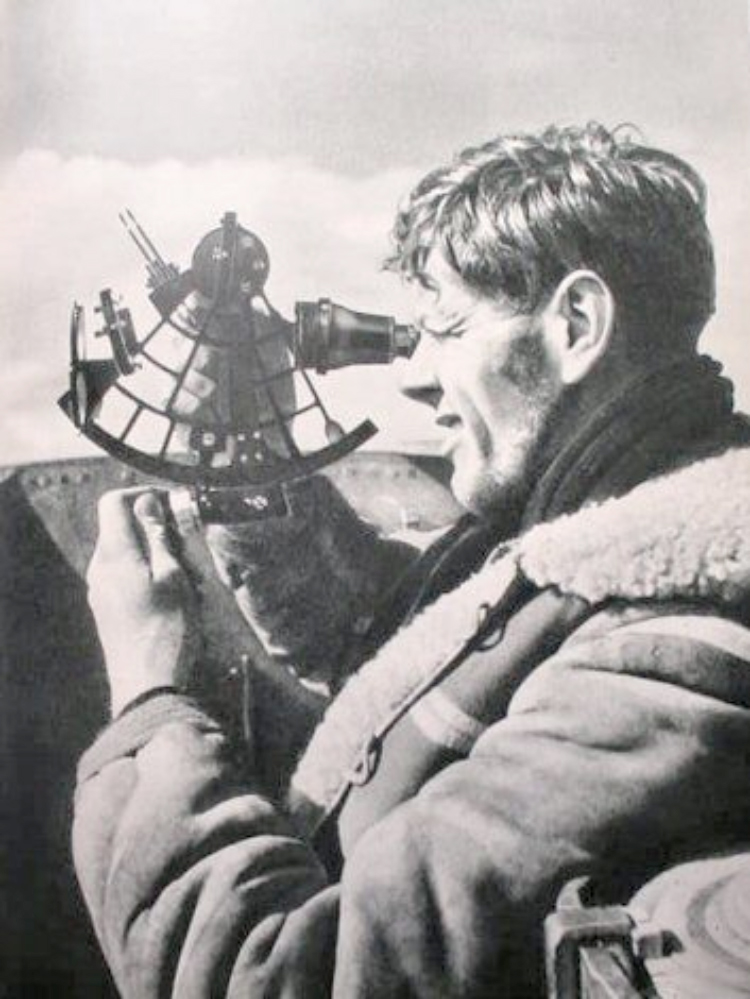By Brian McCandless
The US citizenry, long against involvement in European affairs, increasingly came to see the German Empire as the villain after news of atrocities in Belgium in 1914, and the sinking of the passenger liner RMS Lusitania in May 1915. President Wilson made all the key decisions and kept the economy on a peacetime basis, while allowing banks to make large-scale loans to Britain and France. As a prelude to making any military threat, President Wilson made only minimal preparations for war and kept the United States Army on its small peacetime basis, despite increasing demands for preparedness, although he expanded the US Navy.
In early 1917, Germany decided to resume all-out submarine (U-boats, Unterseeboot) warfare on every commercial ship headed toward Britain. Knowing that this decision would almost certainly mean war with the U.S., Germany also offered to help Mexico regain territories lost in the Mexican–American War in the ‘Zimmermann Telegram.’ The coincidence of the German-Mexican collusion with the sinking of American ships in the North Atlantic caused outrage among Americans. So President Wilson asked Congress for “a war to end all wars” that would “make the world safe for democracy,” and Congress voted to declare war on Germany on April 6, 1917. On December 7, 1917, the U.S. declared war on Austria-Hungary.
In the days before radio navigation or GPS, submarines needed to take celestial readings for position determination. For this, a special ‘sextant’ was invented by the Plath company from Hamburg, called a “Nacht Octant” which had a large light gathering telescope to see the horizon at dusk or dawn while taking sightings of the moon, planets and stars for position determination. Here is a picture of a Kriegsmariner taking a daytime sight from the open air bridge of a U-boat using a Nacht Octant.

